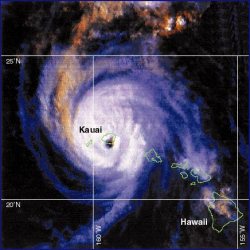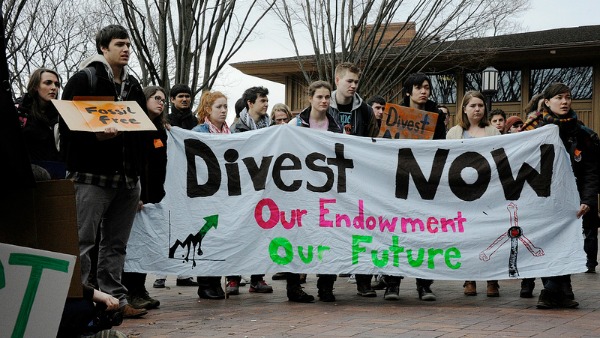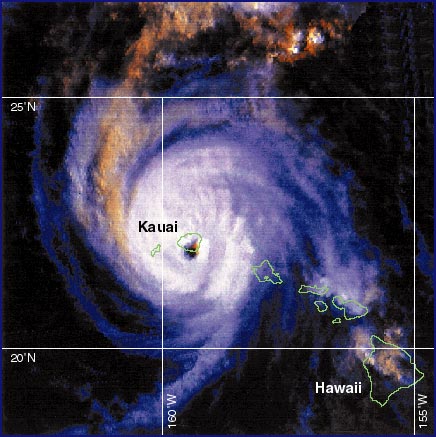
NOAA via University of HawaiiHurricane Iniki performed a rare feat when it made landfall on Kauai in September 1992.
Despite living on a mere smattering of volcanic rocks in the middle of the vast Pacific Ocean, Hawaiians haven’t needed to worry too much about hurricanes. Just two such storms have hit the state in the past 30 years. But as the climate is changing, so too are the hurricane dangers facing the Aloha State.
New research suggests that the Pacific Ocean hurricanes of the future will be more rare than they are today, but the occasional ones that do get whipped into existence will be stronger and will wander farther across the sea. The number of such storms making it all the way to Hawaii is set to double or perhaps triple by the end of the century, according to a new paper published in the journal Nature Climate Change.
Right now tropical cyclones with the potential of hitting Hawaii are typically born far east of the islands: off the west coast of Mexico, in a way similar to how North Atlantic hurricanes begin off the northwest coast of Africa.
“Normally the tropical cyclones travel west,” said [University of Hawaii researcher Hiroyuki] Murakami. “But they very rarely reach Hawaii.”
The researchers used several different climate models at different spatial resolutions and included a variety of environmental factors to see what robust patterns emerged for storm activity from the year 2075 to 2099. Their results suggest fewer, but stronger cyclones along with a northwestward shift of the typical cyclone track — which would take them more directly toward the Hawaiian islands.
In other words, there is good and bad news: the good news is that there will be fewer tropical cyclones. The bad news is they will be stronger, longer lived, with have longer tracks that steer more towards Hawaii.
As if rising seas, volcanic eruptions, and infestations of fire ants weren’t enough to keep Hawaiians on their toes.



